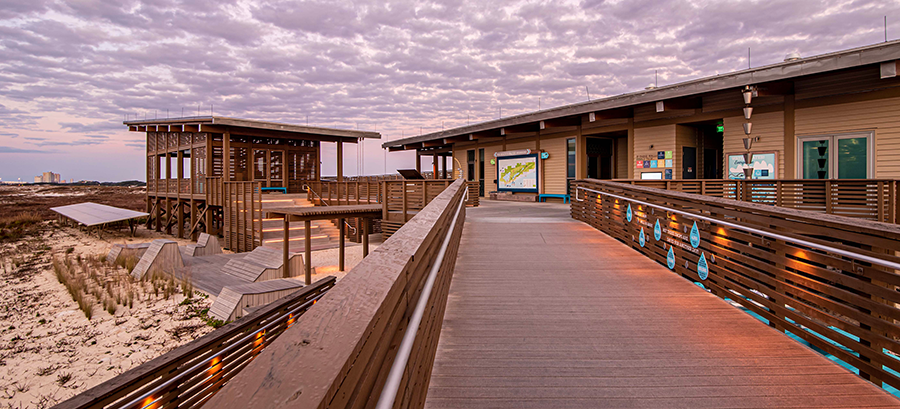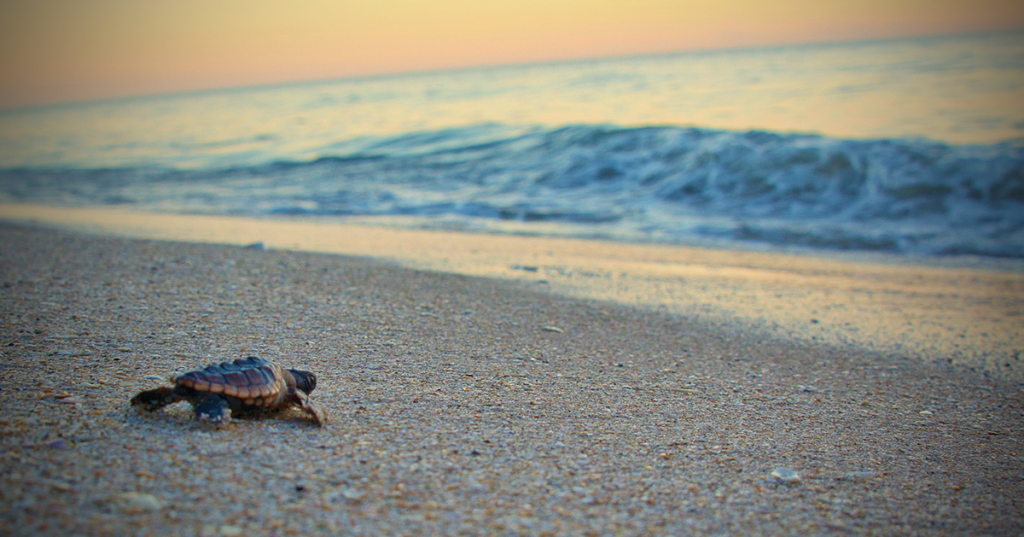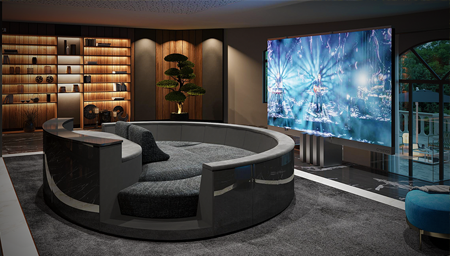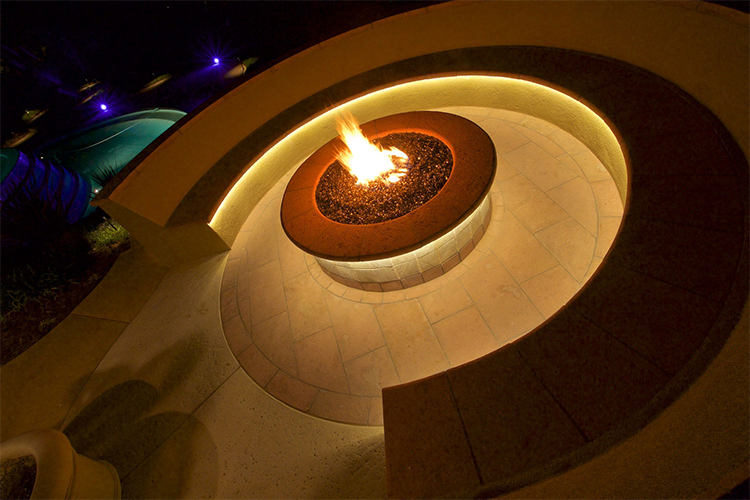The light from beachfront homes is having a major impact on sea turtle migration, endangering the species—but there are solutions
by Sarah Dresher
August 31, 2022
As entertaining and being entertained at home move into the post-pandemic world, one of the most notable trends has been the desire to have the same entertainment experiences outdoors that we’ve been able to enjoy indoors—and to create a seamless flow between those two environments. The Palm Springs home profiled in “Achieving Serenity” is just one example of the move toward floorplans that create that open flow between indoor and outdoors. And architects, designers, and manufacturers are answering the call, creating innovative spaces filled with equally innovative products that offer uncompromised experiences. This innovation has been especially evident outdoors, where for years even the most affluent homeowners could expect little better than boxy, subpar weatherproof TVs and low-fi outdoor speakers.
But that surge of interest and innovation has had some unintended consequences, especially with beachfront properties, where lighting is key to creating an inviting entertainment environment. Residences along the ocean in the Southeast, for example, are having to strike a balance between having beautifully lit outdoor areas and meeting local codes designed to protect endangered sea turtles, which use the moon as a guide in their migration process but now find themselves heading toward artificial light instead.
Sea turtle hatchlings rely on moonlight to navigate back to the sea. It is estimated that, due to predators, only one out of 1,000 will survive to adulthood. With all seven species of sea turtles considered threatened or endangered, there’s a very real risk of losing these creatures forever. Beachfront development, both commercially and residentially, has led to hatchlings increasingly experiencing higher disorientation and mortality rates. The episode “The City Dark” from the PBS series POV shows how lights can confuse baby turtles. Because of this, local ordinances have been popping up along the Southeast coast for several years in an effort to combat the impact of artificial lighting.
photo | courtesy Celeste McWilliams
fortunately, there are a number of solutions that will beautifully light your home while also helping to protect the turtles
Anyone living on the ocean in this part of the country needs to take this situation into consideration. Fortunately, there are a number of solutions that will beautifully light your home while also helping to protect the turtles. Here are a few options:
• Keep exterior fixtures as low to the ground as possible and shielded. The brightness of the lights as well as the height they are mounted at are important considerations for the turtles. The fire pit shown above uses tape lighting with a warm, romantic color and is mounted low enough to not be
the same sophisticated technology that gives us such flexible control over so much of our home environments can now be used to address ecological concerns as well
visible from the beach. while the beachfront facility shown at right has mini deck lights, which create an elegant pathway solution.
• Since interior lighting can often be seen from the beach, it might also be covered in your local ordinance. Using automated shading or

Sign up for our monthly newsletter to stay up to date on Cineluxe
dimming glass on ocean-facing windows will allow you to comply without sacrificing your interiors to amber lighting all year round. You can even schedule them to automatically close or tint during the turtle-season hours.
• Turtles see things differently than we do. They are sensitive to not only visible light but to ultraviolet and infrared waves as well. The Florida Fish & Wildlife Conservation Commission has created a wildlife lighting certification for manufacturers to verify that their fixtures eliminate the part of the spectrum below 560nm that causes the disorientation. (But be careful—some companies claim their lighting is turtle-friendly even when the fixture hasn’t been certified.) Fortunately, tunable spectrum fixtures are becoming available from more and more manufacturers, allowing for dynamic lighting control, such as selecting a color temperature at a specific intensity.
The same sophisticated technology that gives us such flexible control over so much of our home environments can now be used to address ecological concerns as well, allowing a prime piece of beachfront property to be beautifully lit while also protecting the turtles.
Sarah Dresher is the founder of Luxury Integrated Technologies, a service and sales agency. She has worked in the residential technology space for more than five years. She is also an electrical engineer with a passion for simplifying home technology and has recently become a freelance writer to help share that passion with a wider audience.
© 2023 Cineluxe LLC





